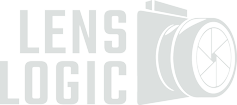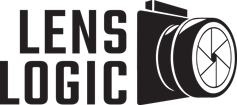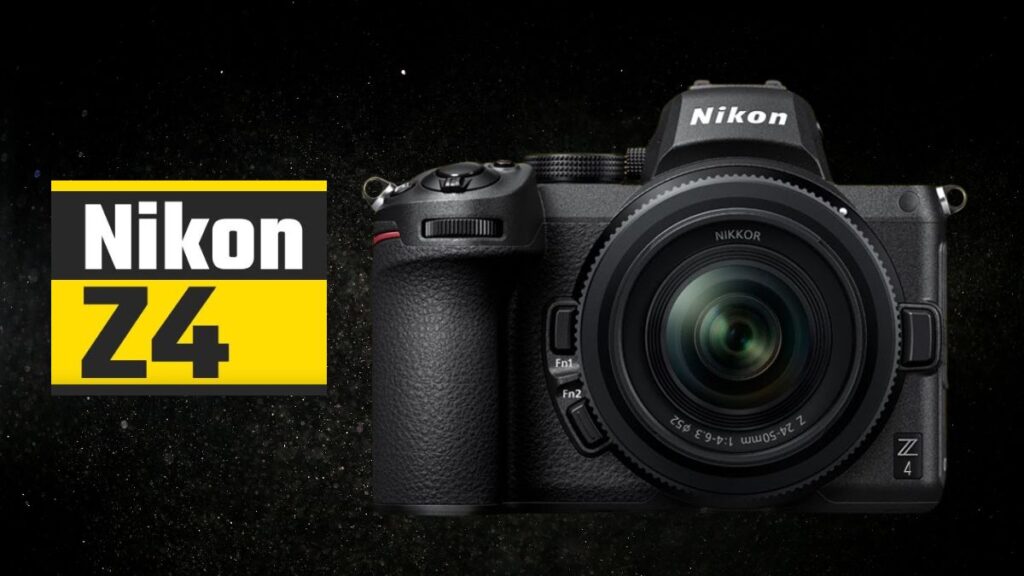- Affordable Full-Frame: The Nikon Z4 offers budget-friendly full-frame quality, targeting entry-level photographers.
- Simplified Design: Lightweight, compact, and easy-to-use, ideal for beginners; lacks advanced features like IBIS and EVF.
- Competitive Price: Expected to be priced between $900 and $1,200, making it one of the most affordable full-frame mirrorless cameras.
The entry-level full-frame mirrorless camera market is getting more competitive, and Nikon may soon introduce a new option: the Nikon Z4. Rumors suggest that this camera will be a simplified, budget-friendly alternative to the Nikon Z5, designed for photographers who want full-frame quality without a high price tag.
If these rumors are true, the Z4 could be Nikon’s response to affordable full-frame cameras like the Canon EOS RP and Sony A7 II. By removing advanced features like in-body image stabilization and complex video tools, Nikon could make the Z4 lighter, simpler, and more affordable, making it perfect for beginners and casual users.
In this article, we will explore what the Z4 might offer, how it compares to its competitors, and why it could be the best first full-frame camera for budget-conscious buyers.
Expected Features: What Will the Z4 Bring to the Table?
Since the Z4 is rumored to be a budget-friendly, simplified full-frame camera, it is expected to focus on essential features rather than advanced technology. Nikon will likely remove certain high-end capabilities found in the Z5 to reduce the cost, while still maintaining a strong image quality and user experience.
Entry-Level Specifications: 24-Megapixel Sensor
The most widely expected feature of the Nikon Z4 is a 24 megapixel full-frame sensor, which is a popular resolution for entry-level and mid-range cameras. This resolution strikes a good balance between detail, low-light performance, and file size. It is high enough to capture sharp images with fine details, yet not so high that it results in massive file sizes that require high-end storage solutions or extensive processing power.
A 24-megapixel sensor is particularly useful for photographers who want to shoot in a variety of conditions, from landscapes to portraits, without worrying about excessive noise or slow processing speeds. If Nikon uses the same sensor as the Z5, we can expect excellent dynamic range, good color reproduction, and reliable performance in low-light environments. While it may not match the extreme sharpness of Nikon’s higher-end models like the Z7 II or Z9, it will be more than sufficient for beginner and intermediate photographers.
No-Frills Design: Simple and Portable
Another major focus of the Z4 is expected to be its compact and lightweight design, making it easier to carry and use. Nikon is likely to remove some physical controls and extra dials in favor of a more streamlined and user-friendly interface. This would appeal to first-time mirrorless camera users who may be transitioning from DSLRs or smartphones and prefer a simple, intuitive layout.
One of the biggest rumors surrounding the Z4 is that it might lack an electronic viewfinder (EVF), similar to some of Nikon’s compact APS-C cameras. Instead, users would rely on the LCD screen for composing and reviewing images, which could help reduce the size and cost of the camera. While this might be a drawback for traditional photographers who prefer using an EVF for precise composition, it could make the Z4 feel more familiar to smartphone users who are used to shooting with a screen.
Basic Video Features: 1080p, 4K Limitations
Since the Z4 is expected to be an entry-level model, its video capabilities will likely be limited compared to higher-end mirrorless cameras. It is almost certain that the Z4 will support 1080p video at 30 and 60 frames per second, which is standard for budget-friendly cameras. However, it may also offer 4K recording, although there are rumors suggesting that 4K may come with a crop factor—meaning that the field of view will be reduced when shooting in 4K.
For casual videographers and content creators, the Z4 should still be a capable option, especially for those who are just starting out. However, professionals and serious videographers may find it lacking advanced video tools, such as 10-bit color depth, log profiles, or higher frame rates. If Nikon chooses to limit its video performance, it would position the Z4 more as a still photography-focused camera, making it ideal for users who primarily want a high-quality full-frame sensor at an affordable price.
Autofocus: Basic Yet Reliable
Autofocus performance is a crucial factor in any modern camera, especially for beginners who rely on fast and accurate focusing. The Z4 is expected to feature a simplified version of Nikon’s hybrid autofocus system, using a combination of contrast-detection and phase-detection AF.
While it may not match the advanced subject-tracking capabilities of higher-end models like the Z9, it should still provide reliable face and eye detection, making it a good option for portraits and everyday photography. The autofocus system will likely work well in well-lit conditions, though it may struggle in low-light situations or fast-action scenarios.
Price Point: Making Full-Frame Affordable
Perhaps the most exciting aspect of the Z4 is its expected price point. Nikon is rumored to be targeting a price range between 900 and 1,200 United States dollars, making it one of the most affordable full-frame mirrorless cameras available.
At this price, the Z4 would be cheaper than the Nikon Z5, which currently costs around 1,300 to 1,400 United States dollars. It would also place it in direct competition with Canon’s EOS RP and older Sony full-frame models, making full-frame photography more accessible than ever.
Potential Competitors: Will the Z4 Hold Its Ground?
The entry-level full-frame mirrorless market is already competitive, with several strong contenders from Canon, Sony, and even Nikon itself. If the Z4 enters the market, it will need to offer something unique to stand out.
Canon EOS RP: A Close Rival
One of the closest competitors to the Nikon Z4 would be the Canon EOS RP, which is already a well-established budget full-frame camera. The EOS RP features a 26.2 megapixel sensor, slightly higher than the Z4’s rumored 24 megapixels, but in real-world use, this difference would be minimal.
Where the EOS RP has a potential advantage is in its autofocus system, which uses Canon’s Dual Pixel autofocus, known for its fast and accurate performance, especially in video mode. However, the Z4 may have a newer image processor, which could help improve its low-light performance and color accuracy.
Sony A7 II: The Older Yet Capable Competitor
Another competitor that the Nikon Z4 will have to face is the Sony A7 II, which has been one of the most affordable full-frame mirrorless cameras on the market. Though it is an older model, its 24.3 megapixel sensor, five-axis in-body image stabilization, and extensive lens ecosystem still make it a compelling choice for budget-conscious photographers.
One area where the A7 II holds a clear advantage over the rumored Z4 is in-body image stabilization (IBIS). Nikon will likely remove IBIS from the Z4 to keep costs down, which means that users who rely on handheld shooting, especially in low-light conditions, may find the Sony A7 II more appealing. However, Sony’s autofocus system on the A7 II is outdated, lacking the refined real-time tracking and face detection found in newer models. If Nikon provides a better autofocus experience in the Z4, it could give the camera a solid edge over Sony’s older model.
The Sony A7 II also struggles with video capabilities, as it lacks 4K video recording and only supports 1080p at 60 frames per second. If the Z4 includes 4K video, even with some limitations, it could attract content creators and vloggers looking for an affordable full-frame camera with modern video features.
One major factor that may determine how the Z4 competes with the Sony A7 II is its price. Since the A7 II is an older model, it is often available at significant discounts, sometimes dropping below 1,000 United States dollars with certain deals. If the Z4 is priced too close to the newer Sony A7 III, which has much better autofocus and video capabilities, it may struggle to find its place in the market.
Nikon Z5: The Higher-End Entry-Level Model
Interestingly, the Z4’s biggest competition may come from Nikon itself. The Z5 is currently Nikon’s most affordable full-frame mirrorless camera, offering a 24.3 megapixel sensor, dual card slots, in-body image stabilization, and 4K video recording. If the Z4 is truly meant to be a simplified and more budget-friendly option, it will likely cut down on many of the features that make the Z5 appealing.
One of the most significant differences between the two will likely be the build quality and physical design. The Z5 features weather-sealing, making it more durable in outdoor shooting conditions. The Z4, on the other hand, is expected to have a lighter, more compact body, possibly with fewer physical buttons and dials, making it less rugged but more portable.
Another potential difference is battery life. The Z5 uses a larger battery, allowing for extended shooting sessions, while the Z4 might use a smaller, less powerful battery to reduce weight and cost. This could be a drawback for photographers who frequently shoot all day and prefer a longer battery life.
Despite these differences, the Z4 will likely be cheaper than the Z5, which will make it appealing to new photographers looking for an affordable entry into full-frame photography. If Nikon prices it aggressively—below 1,200 United States dollars—it could create a clear distinction between the two models, ensuring that the Z4 attracts budget-conscious buyers while the Z5 remains the better choice for those who want more features.
Why the Z4 Could Be the Best Option for First-Time Mirrorless Camera Buyers
If Nikon releases the Z4, it could be the perfect gateway into full-frame photography for beginners. By focusing on simplicity, affordability, and good image quality, the Z4 would appeal to casual users, vloggers, and photographers upgrading from APS-C or smartphones.
While it may lack premium features like in-body image stabilization and advanced autofocus, its 24 megapixel sensor, lightweight design, and potential 4K video capabilities could make it a strong choice for those looking to enter mirrorless photography without spending too much.
The biggest factor will be price. If Nikon positions the Z4 under 1,200 United States dollars, it could become one of the best budget full-frame cameras on the market. Would the Z4 be your first full-frame camera? Let us know your thoughts in the comments below!


